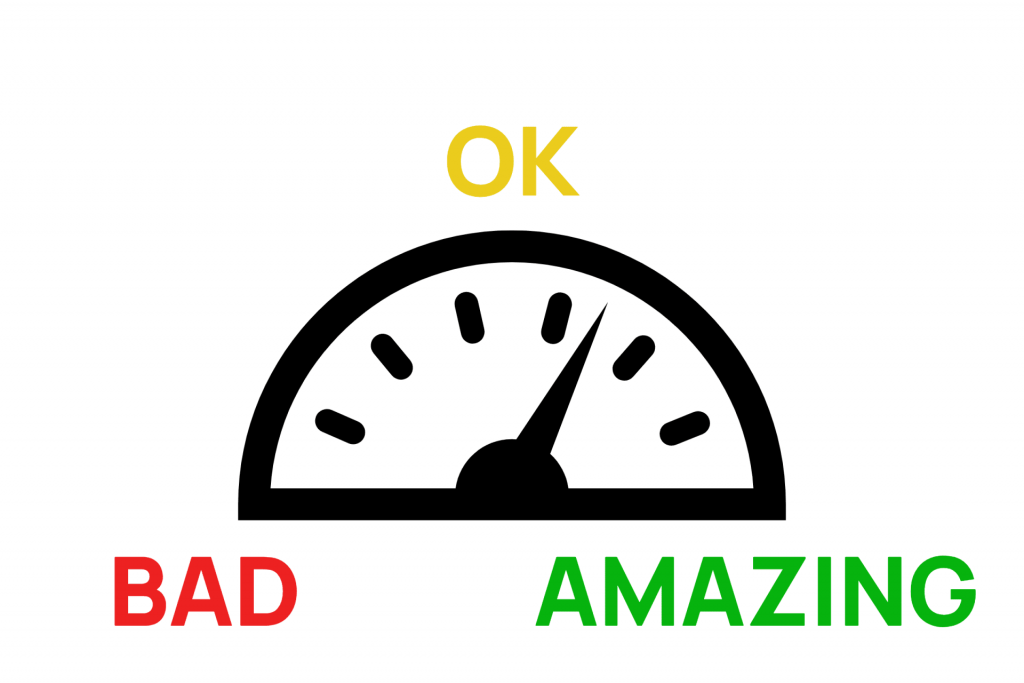Frustration is a good place to identify continuous improvement opportunities.
In fact, it is where many organisations start their CI (Continuous Improvement) journey. Getting rid of frustrations and problems is a logical place to start as building on weak foundations never has a happy ending.

Adding structure to your frustrations
But, if you don’t channel your frustrations in a structured way, you can end up in a whining only situation. We don’t want that.
There is a very simple method that I recommend if you are in this situation. It is called the ‘concern – cause – countermeasure’ approach. CCC for short, this approach is a great way to turn frustration into action.
Let me give you a quick example.
Continuous improvement from bitching
The other week I sat with a team that was struggling to embed a software system. We agreed that we would map out the process and identify the improvements.
Quickly, we realised that mapping it out was going to be a waste of time. Everyone was thinking through the process as it needs to be, not where it is with all of the problems that they were facing.
So, we listed out their concerns. They had a legitimate opportunity to ‘bitch’ about the software and the surrounding processes. Within ten minutes we pulled together a list of over twenty tangible issues that needed attention.
It turned out that approximately 75% of their issues had nothing to do with the software and were how they were using the software (management and training!). We very quickly converted their issues into a practical course of action.
This is the great thing about this approach. It allows your team to offload their issues without having to worry about what to do with the issues. That’s where the next two steps of CCC come into play.
The power in the structure
Once your team have their issues aired, you can move to the next step – cause.
This is your chance to dig into the individual issues and find out why they are happening. In short, this is great if you perform a 5 why exercise here.
Getting to the bottom of why the issue exists makes the next step really easy, defining a countermeasure. This is your practical action that will resolve the issue once and for all.
If you aren’t sure about how to carry out an effective 5 why review, check out my book Effective Root Cause Analysis.
Creating a fast action plan
When go back through your list, you can determine which countermeasures you want to action first and this becomes your action plan.
The beauty of the concern cause countermeasure approach for continuous improvement plans is the speed. Normally, someone raises an issue and then an argument occurs. Typically the argument isn’t resolved and nothing changes.
It is too easy to get defensive about concerns about something you are involved with, or own from a management point of view.
This multi stage approach means that you can capture all of the issues, and then when the heat of the room has cooled, sensibly determine a course of action.
Take a deep breath first
The first few times you use this approach it can be hard to facilitate the capturing of the concerns when you probably have an answer for each issue.
So, take a deep breath and attempt to split the capturing of the concerns from the deciding what to do phase.
In reality, you’ll find that the concerns will fall into these three categories:
- They’re absolutely right. Brilliant, something that you can work on as part of your continuous improvement plan.
- They’re completely wrong. Great, instead of having to dig into a root cause, you can educate with facts.
- It’s unclear if it is legitimate. And this is ok, you can park these for after you’ve actioned the things listed under the item 1 category of this list. Asking a few questions to understand the concern, or starting a 5 why discussion, should determine whether these items go into camp 1 or 2 on this list.
A great place to start
When I am working with a new team, the CCC approach is a great way to gain participation and generate a plan that will work.
The journey from bad to ok is certainly different to the one from ok to amazing, but if you have concerns and issues that need resolving, this structure is a great one to embrace.
It is simple. It is fast. It makes it clear for everyone participating what’s truly important (and what isn’t).
If you have a number of frustrations floating around your organisation, try the CCC approach and see what comes out of it. Worst case you’ll have a list of issues re-visited and new ones exposed. Best case, you’ll have a prioritised action plan!







